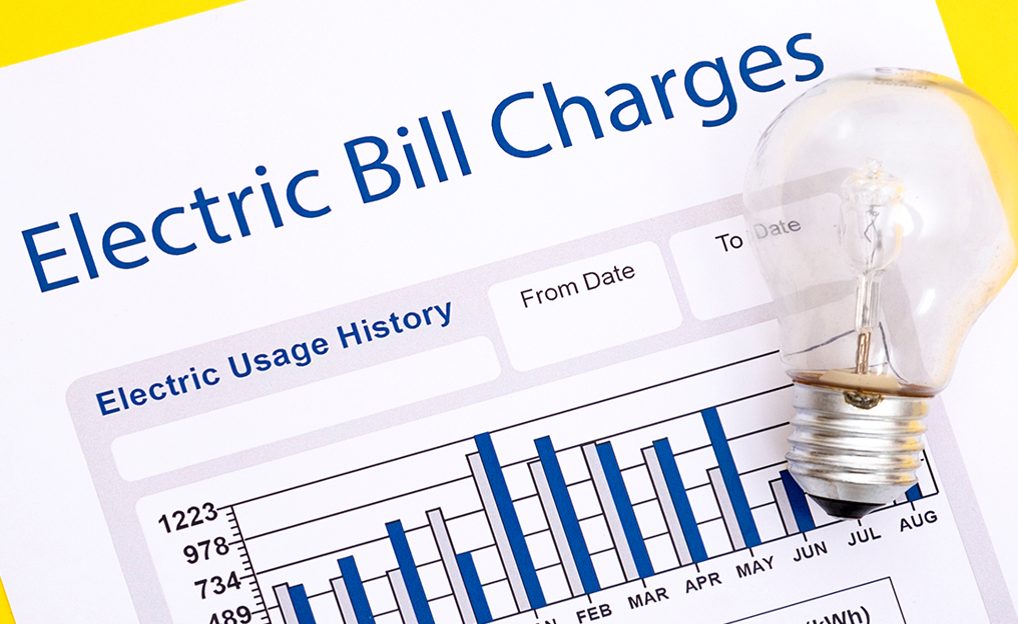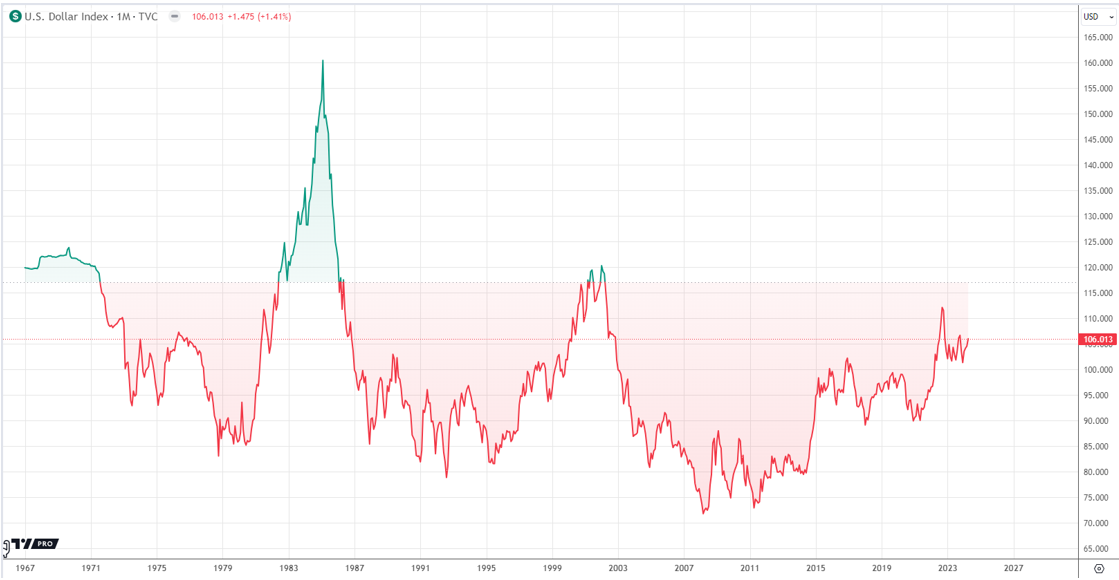Investing in stocks and shares can be a gamble. No matter how well versed you are with economic calendars and other analytical tools, if you make a bad call, you could easily end up losing your pants. On Monday 5 February, the Dow Jones dropped 1,175.21 points – the biggest one-day crash in history. Warren Buffet lost $5.1 billion. For him, such a loss is water off a duck’s back, but for the average trader, a bad day’s trading could prove catastrophic. Not surprisingly, online traders are always looking for ways to boost their odds. Could Fibonacci trading analysis be the tool you are looking for?

What is Fibonacci Analysis?
Most people have heard of the Fibonacci Sequence of numbers, even if they don’t have a clue what it actually means. Fibonacci, an Italian mathematician, devised a numerical sequence to illustrate how rabbits reproduced. Each number in the Fibonacci sequence is the sum of the two previous numbers: 0,1,1,2,3,5,8, etc. This sequence frequently appears in the natural world, in flower petals, pine cones, and fruit seeds, and in spirals.
Dividing two concurrent Fibonacci numbers gives you a ratio. This ratio changes depending on where you are in the sequence, but the important numbers are 1.618, 61.8, and 38.2, which are usually expressed as percentages.
Traders can use these percentages when trading stocks and shares.
Is the Fibonacci Sequence Useful?
While not everyone would agree, many traders find that the rigidity of Fibonacci numbers can be very helpful when analysing market movements. A quick glance at market trends often reveals striking Fibonacci relationships in the way stocks and shares rise and fall. Fibonacci ratios can help a trader determine their support or resistance ratios, or retracements,and also identify price targets.
Retracements
If you examine a trend chart, you will notice a series of peaks and troughs. This is normal. Stock prices go up and down according to market conditions and other variables. Fibonacci ratios can be used to determine areas of support or resistance. Lines are drawn at 61.8%, 50%, and 38.2%. Online traders can use these trend lines to anticipate when prices will bounce up or down. For example, if a stock is on a downward trend, you could take a short position at the 38.2% mark, in the likelihood the price would continue to drop below this point.
Extensions
Fibonacci extension levels are used to help traders determine their exit points on a trade. The key levels are 161.8%, 261.8%, and 423.6%. The Fibonacci sequence is especially useful when the market surpasses previous levels and there are no support or resistance levels to trade against. Markets often peak or fall at Fibonacci levels, which makes it easier to calculate your target price objectives.
Fibonacci works extremely well as a supplemental tool in your arsenal and it will help you manage risk. However, although the sequence is very good at predicting areas of support and resistance, you should combine it with other analytical tools such as economic calendars, charts, and your own preferred investment tools.




